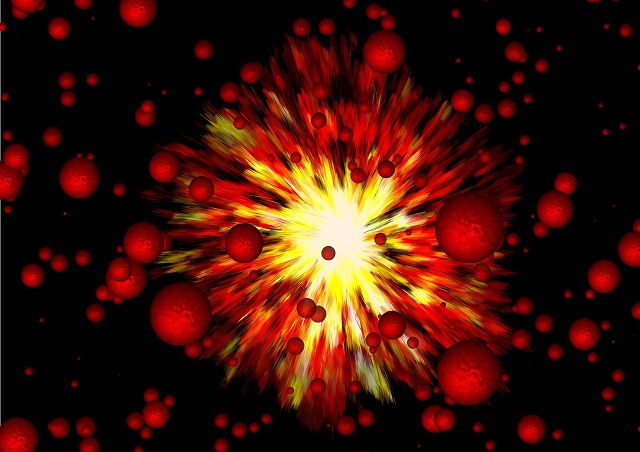Quantum field theory is the result of the combination of classical field theory, quantum mechanics, and special relativity.
QFT is usual in particle physics to construct physical models of subatomic particles and in condensed matter physics to construct models of quasiparticles.

In 1913, Niels Bohr introduced the Bohr model of atomic structure, wherein electrons in reach atoms can only take on a series of discrete, rather than continuous, energies.
The force of gravity as define by Newton is an “action at a distance”—its effects on faraway objects are instantaneous, no matter the distance.
Max Planck’s learning of blackbody radiation marked the beginning of quantum mechanics.
In 1924, Louis de Broglie proposed the hypothesis of wave-particle duality, microscopic particles exhibit both wave-like and particle-like properties under different circumstances.
The Bohr model successfully explained the discrete nature of atomic spectral lines.
As a successful theoretical framework today, quantum field theory emerged from the work of generations of theoretical physicists spanning much of the 20th century.
The development of gauge theory and the completion of the Standard Model in the 1970s led to a renaissance of quantum field theory.
Source:
[1] Wikipedia Contributors. “Quantum Field Theory.” Wikipedia, Wikimedia Foundation, 30 Oct. 2020, en.wikipedia.org/wiki/Quantum_field_theory. Accessed 11 Nov. 2020.
[2] pixy.org. “Big Bang Explosion Image.” Pixy.org, 3 Aug. 2020, pixy.org/5873146/. Accessed 11 Nov. 2020.